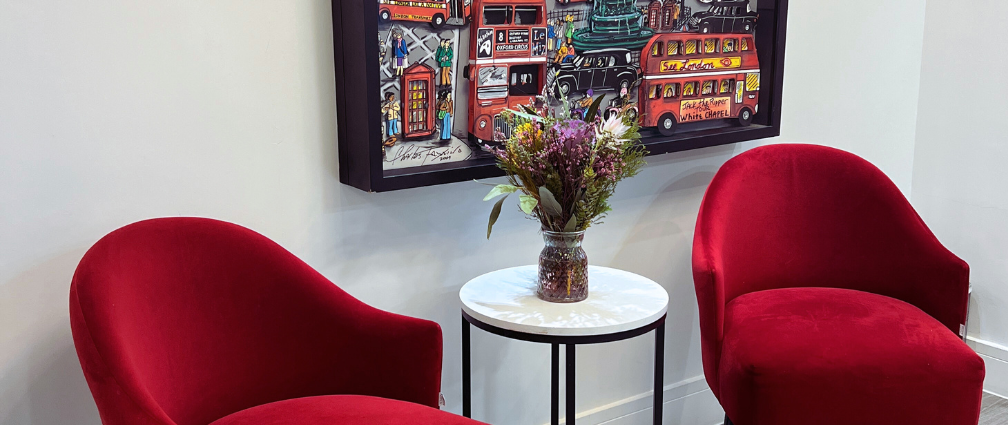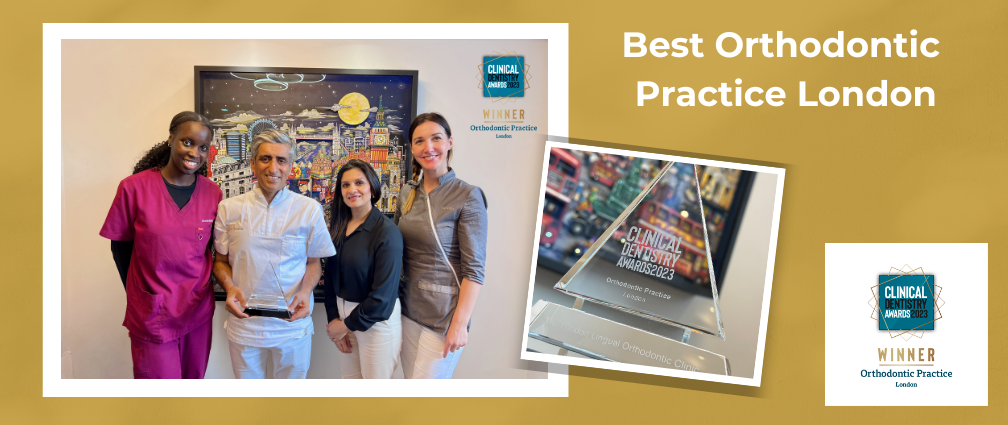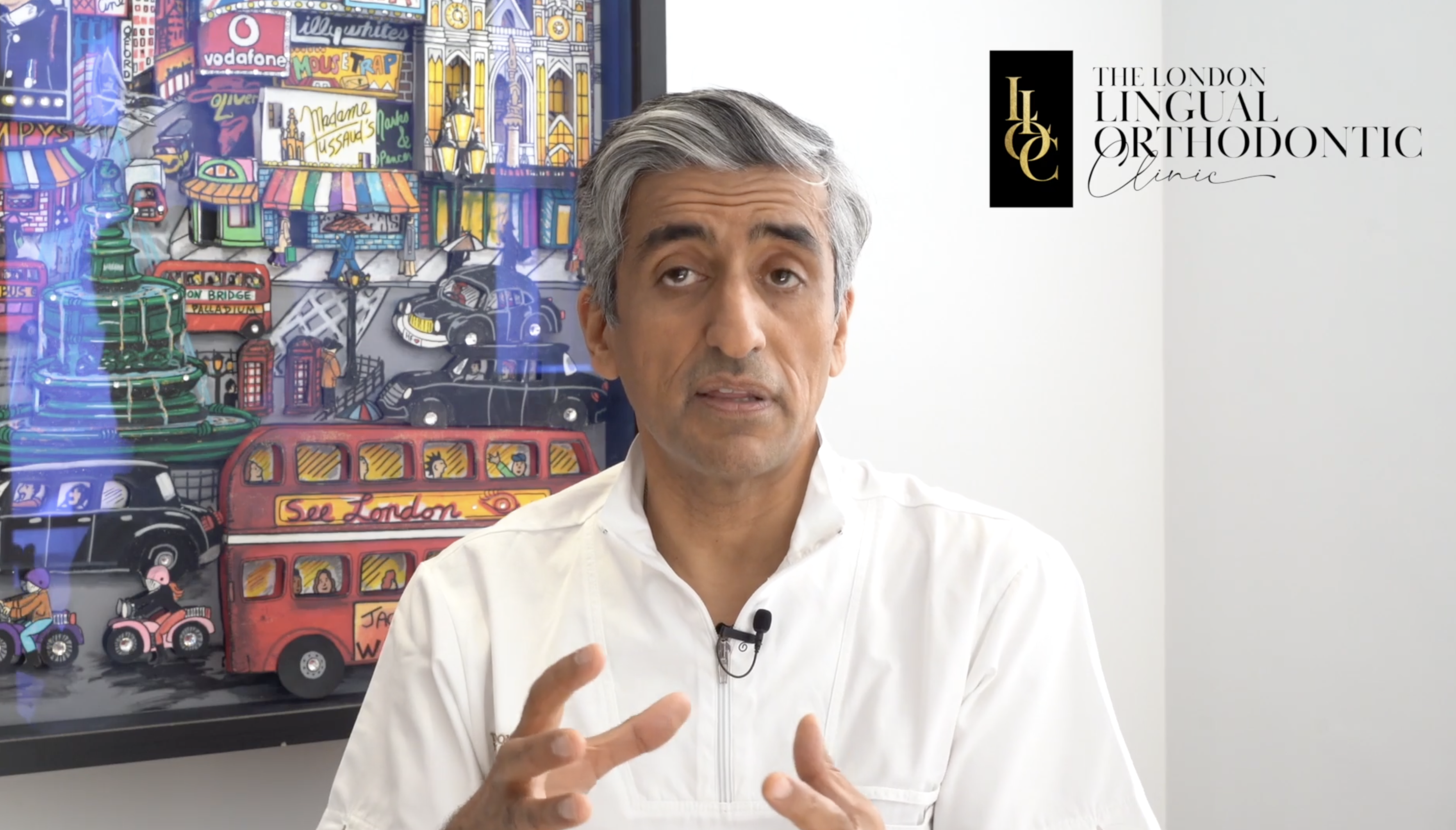A municipal building from the 1930s, Finsbury Health Centre looks sad and run down, so you may not give it a second look. I was in that area a while back but fortunately stopped to take in this extraordinary building. I noticed that the Michael Palin Centre for Stammering Children is based there as well as dental services and a range of other medical facilities.
A pioneer in modernism
It looks in need of renovation but you can tell by what’s on offer there and the regular flow of people in and out of the front entrance that it still serves its community. I looked up the centre and discovered it’s a Grade 1 listed building designed by Berthold Lubetkin, an architect who was at the forefront of the modernist movement in the UK. It was the Labour Party Council running the Metropolitan Borough of Finsbury who commissioned Lubetkin to design the building. Finsbury was a slum area at that time (though it’s now part of Islington, the area has moved up in the world!).
Designing wellbeing into a building
I found myself awe-struck by the radical vision underpinning the project. The National Health Service had not been introduced yet the aim was to create a centre to house a range of health services, free at the point of delivery.
But above and beyond that, Lubetkin wanted to create a building which through its design had the potential to improve wellbeing. The centre has a light and spacious reception area and all the clinics are on the ground floor to be convenient to patients. His mantra was: Nothing is too good for ordinary people.
Lubetkin and his architecture practice, Tecton, moved to the mainstream during the war as the Government became committed to building a fairer society.
Idealistic architecture
If you are as intrigued as I was about this Georgian born architect, you can read more about him here. My further reading revealed that Finsbury Health Centre has been under threat of closure. I am glad to say that there are influential campaigners who want to see the building kept open and restored to its original glory. I am not sure what the future holds for Finsbury Health Centre but it certainly provides an insight into a fascinating and idealistic era in the history of British architecture.













